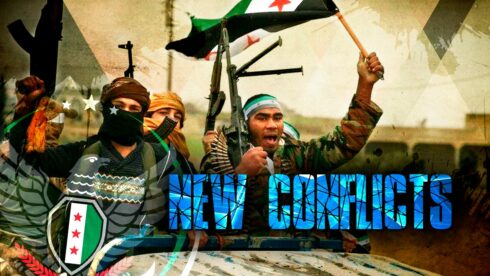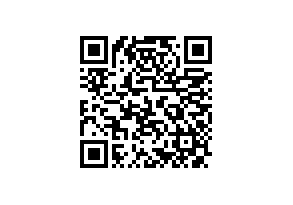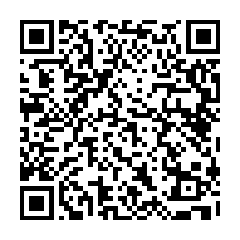Early on July 14, Syria’s Islamist-led Interim Government announced that it had sent its military and security forces to the southeastern governorate of al-Suwayda to stop deadly sectarian clashes that broke out between local Druze fighters and Sunni tribesmen a day earlier.
The clashes came following days of tensions that began with a series of incidents on the highway leading to Damascus, including the robbery and assault of several Druze by Sunni tribesmen.
The al-Maqwas area in the eastern outskirts of the city of al-Suwayda was the focal point of the clashes on the first day. Druze managed to hold onto their positions there. Sunni tribesmen also stormed the towns of Al-Surah al-Kubra in the northern countryside and al-Tireh in the western countryside overnight. But by early morning, both towns were once again in the hands of Druze fighters.
Later in the morning of the second day, the Syrian ministries of defense and interior announced in separate statements published by the state-run Syrian Arab News Agency that they were dispatching forces to bring security back to al-Suwayda.
“In coordination with the Ministry of Interior, we have begun deploying our specialized military units to the affected areas, providing safe passages for civilians, and dispersing clashes quickly and decisively. We affirm our soldiers’ commitment to protecting civilians in accordance with the law,” the defense ministry said.
Meanwhile, the interior ministry said that government forces were intervening to “resolve the conflict, stop clashes, impose security, and prosecute those responsible for the incidents and refer them to the competent judiciary.”
Videos posted to social networks showed hundreds and possibly thousands of government troops heading towards al-Suwayda, with some of them threatening al-Suwayda Druze and promising to exterminate them.
Soon after, it was reported that Sunni tribesmen, with direct support from government forces, launched a large-scale offensive against the Druze in the western countryside of al-Suwayda. Attack helicopters and suicide drones were used. Main battle tanks and infantry fighting vehicles were also spotted there.
Sunni tribesmen and government forces managed to reach the town of Kanakir, under four kilometers away from the al-Suwayda city, before getting pushed back by Druze fighters. Many tribesmen and soldiers were killed or captured in the failed push.
According to the Syrian Observatory for Human Rights, the battle in al-Suwayda has so far claimed the lives of 27 Druze, including two children, and ten tribesmen. Syrian state TV also reported the death of at least six soldiers.
Despite the fierce resistance of the Druze, interior ministry spokesman Noureddine Al-Baba told the state-run Al-Ikhbariya TV just before noon that the government “expects the situation in al-Suwayda Governorate to be resolved by this afternoon.”
Following the fall of the regime of former President Bashar al-Assad last December, Druze fighters refused to lay down their arms out of fear of the country’s new Islamist rulers. They maintained a semi-autonomous administration in al-Suwayda as well as over the towns of Jaramana and Sahnaya near Damascus.
Syrian government forces led two attacks against Druze fighters near Damascus and in al-Suwayda between April and May. Major human rights violations were reported at the time, including arbitrary arrests and summary executions of Druze civilians.
Israel vowed to protect the Druze, citing its historic ties with its own Druze community. Still, Druze fighters were expelled from Sahnaya during the previous wave of violence in May.
The ongoing attack on al-Suwayda right after reports of a high-level meeting between Israeli and Syrian officials in Azerbaijan. It is very likely that Israel had agreed to let go of the Druze in order to advance a peace agreement with Syria. This does not mean, however, that the Druze will not fight on their own.
_______________________________________________________________________________________________________________________
SouthFront: Analysis and Intelligence
NOW hosted at southfront.press
Previously, SouthFront: Analysis and Intelligence was at southfront.org.
The .org domain name had been blocked by the US (NATO) (https://southfront.press/southfront-org-blocked-by-u-s-controlled-global-internet-supervisor/) globally, outlawed and without any explanation
Back before that, from 2013 to 2015, SouthFront: Analysis and Intelligence was at southfront.com






